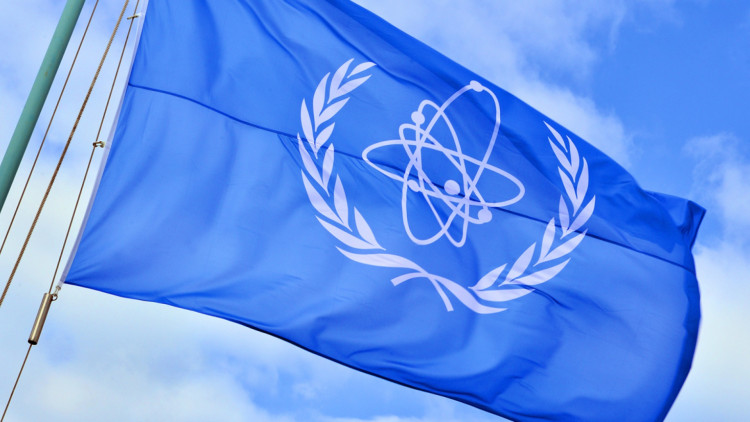- IAEA Director General Statement on Situation in Ukraine
The nuclear safety and security situation at the Zaporizhzhya Nuclear Power Plant (ZNPP) remains highly challenging during the military conflict, including efforts to ensure adequate maintenance of key safety systems and other vital equipment, Director General Rafael Mariano Grossi of the International Atomic Energy Agency (IAEA) said today.
Over the past week, the IAEA experts stationed at the ZNPP have conducted several walkdowns focused on monitoring maintenance activities across the site, as well as the availability of necessary spare parts for the plant.
“These are areas which are of vital importance for sustainable nuclear safety and security, even though they are often overshadowed by more urgent difficulties, including the extremely vulnerable off-site power situation at the Zaporizhzhya Nuclear Power Plant,” Director General Grossi said.
“At all nuclear power plants around the world, maintenance is essential to prevent the degradation of reactor structures, systems, and components. This has been an especially difficult task to implement during the war. But if not conducted regularly and comprehensively, it could further increase the risk of a nuclear accident in the future. We are continuing to follow this issue very closely,” he said.
In recent days, the IAEA team observed ongoing maintenance of the components of the main electrical transformer of reactor unit 3, which were being disassembled for servicing. Once the maintenance is completed, tests will be performed to ensure the operability of the transformer prior to it returning to operation.
The IAEA experts also monitored planned maintenance activities in the reactor hall and the nuclear auxiliary building of unit 6, including the refuelling machine crane and the heat exchangers. The team was also able to observe the maintenance of some electrical as well as instrumentation and control equipment. They did not report any issues related to nuclear safety or security related to the observed maintenance activities. When visiting the same unit’s turbine hall, the team was once again not granted access to its western part.
In other areas of relevance for nuclear safety and security, the IAEA team observed emergency diesel generator (EDG) testing at unit 4, which was performed within the established nuclear safety criteria.
While visiting the ZNPP’s training centre to observe activities there, the IAEA team noted that the centre is also providing training for specialists performing metal integrity inspections at the ZNPP, using ultrasonic equipment. The centre plans to expand its capabilities to include training on the use of industrial radiography for the non-destructive testing (NDT) of metal integrity.
Over the past week, the IAEA experts have continued to hear explosions and gunfire at various distances from the site.
Following a series of outages earlier this month that also affected the availability of water, power has been restored in the nearby city of Enerhodar, where most ZNPP staff live. At the ZNPP site, the IAEA experts have had more regular access to tap water this week, following shortages last week.
Elsewhere in Ukraine, the IAEA experts present at the Khmelnytskyy, Rivne and South Ukraine Nuclear Power Plants (NPPs) and the Chornobyl site reported that nuclear safety and security is being maintained despite the effects of the ongoing conflict. The teams continued to report air raid alarms heard from the sites.
One of the three reactor units at the South Ukraine NPP has completed its planned maintenance and refuelling activities and was successfully restarted, while a planned outage at another unit is nearing completion.
Last week, the IAEA team at the South Ukraine NPP reported that its unit 2 was temporarily shut down following the actuation of electrical protections due to a transformer problem in the 330 kV open switchyard, located outside the NPP site. As a result of a short circuit, there was damage to the ceramic insulator, causing an oil leak that caught fire due to an electric arc. After the electrical connection was restored, the reactor was restarted and commenced supplying electricity to the grid after about 17 hours, reaching full power just over 24 hours after the shutdown.
The IAEA teams at the Rivne and South Ukraine NPPs rotated late last week and the Khmelnytskyy NPP team rotated on Wednesday.







